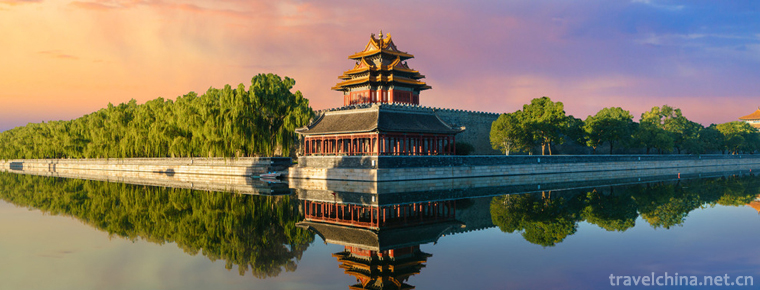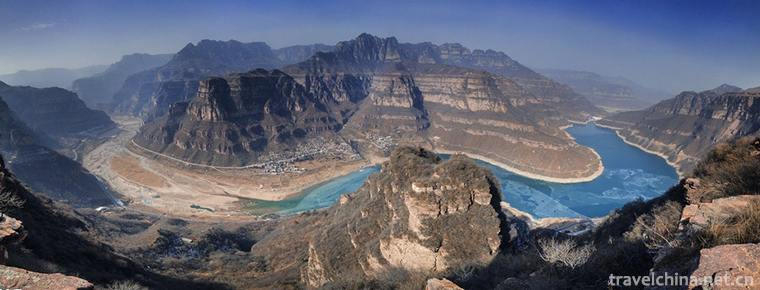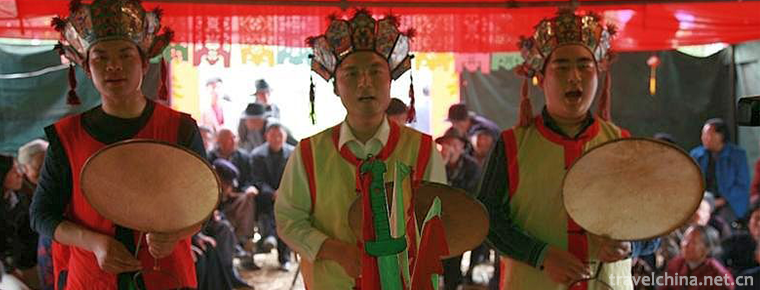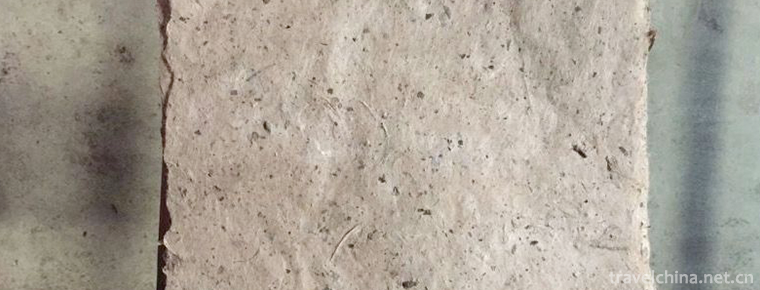Namtso
Namco, located in the central part of Tibet Autonomous Region, is the second largest lake in Tibet and the third largest saltwater lake in China. The lake is 4718 meters above sea level, approximately rectangular in shape, more than 70 kilometers long in East and west, 30 kilometers wide in North and south, with an area of about 1920 km.
Early scientific expeditions suggested that the maximum depth of the Nam Fault was 33 meters, but a re-survey of the lake in the last two years revealed that the Nam Fault was more than 120 meters deep. The storage capacity is 76 billion 800 million cubic meters, which is the largest lake in the world.
"Nam Co" is Tibetan, Mongolian name is "Tenggeli sea", is "Heaven Lake" meaning. Nam Co is one of the three sacred lakes in Tibet. Na Mu CuO is the first God lake of the ancient elephant, the Buddha and the emperor, and one of the famous Buddhist shrines.
Nam Co is located in the Qinghai Tibet Plateau, which originated from the orogeny started about 70 million years ago.
The product of the extrusion and uplift of the subcontinental plate and the India plate. According to geological survey data and scientific investigation, Namco area belongs to Lhasa terrane, with at least one billion years ago Precambrian continental crust as the basement, after a long period of time, about the late Jurassic accretion to part of the Qiangtang terrane above.
The Nam Co is a huge lake basin formed by the Himalaya movement depression in the late third and early fourth. Its formation and development are controlled by geological structure, formed by Himalayan movement depression, is a fault depression structural lake, and has glacial trace. Later, due to the gradual drying of the Tibetan Plateau, the area of Namu Cuo was greatly reduced. There are 8 to 10 existing ancient lake rock lines, the highest of which is about 80 meters from the present Lake surface.























-
Taihang Grand Canyon
Linzhou Taihang Grand Canyon, located in the northwest of Henan Province and Linzhou City in the eastern foot of the southern Taihang Mountains.
Views: 255 Time 2018-12-09 -
Changli folk songs
Changli folk song is a kind of local folk ditty inherited from generation to generation by Changli people. The content of singing can be divided into four categories: labor chant, story and legend, lo.
Views: 183 Time 2019-04-15 -
End drum cavity
Weishan Lake Drum Tune, also known as Duangong Tune, is a traditional folk art of the Han nationality originating in Weishan County and Dongping County of Shandong Province .
Views: 211 Time 2019-04-28 -
Making Techniques of Lanzhou Yellow River Waterwheel
Lanzhou Yellow River waterwheel production technology, Lanzhou City, Gansu Province, local traditional handicraft, one of the national intangible cultural heritage..
Views: 330 Time 2019-05-10 -
Mulberry Paper Making Skills
Mulberry paper is pale yellow. Mulberry paper with exquisite craftsmanship has obvious fiber structure. Mulberry paper is basically used as the page in local government books and books formed in Ming .
Views: 131 Time 2019-06-12 -
Legend of Xishi
Xishi is the first of the four beautiful women in ancient China. The legend about Xishi was born at the end of Spring and Autumn Period, and has been enriched ever since. Xishi legend takes the war be.
Views: 159 Time 2019-07-01 -
Shaoxing opera
Vietnam Opera is the second largest opera in China, known as the second national opera, also known as the "most widely circulated local opera". Some people think that it is the "largest.
Views: 132 Time 2019-07-16 -
Extra tune
In addition to the form of opera, Yue Diao has two branches, namely, opera and puppet. In 1942, there was a severe drought in Henan Province. During this period, many cross-tone artists (such as Zhang.
Views: 262 Time 2019-07-16 -
Panzhihua before Sui Dynasty
Archaeological discoveries have proved that Panzhihua is one of the areas where human activities took place earlier. In addition to the "Yuanmou Man" and "Butterfly Man" relics found in nearby areas, the huilongdong ancient human site about 18000-12000 years ago has been found in Panzhihua City..
Views: 113 Time 2020-12-14 -
Leshan peoples life
By the end of 2018, the per capita disposable income of rural residents in Leshan City was 15173 yuan, an increase of 8.9%, and the per capita living consumption expenditure was 12309 yuan, an increase of 9.5%. The per capita disposable income of urban residents .
Views: 294 Time 2020-12-17










